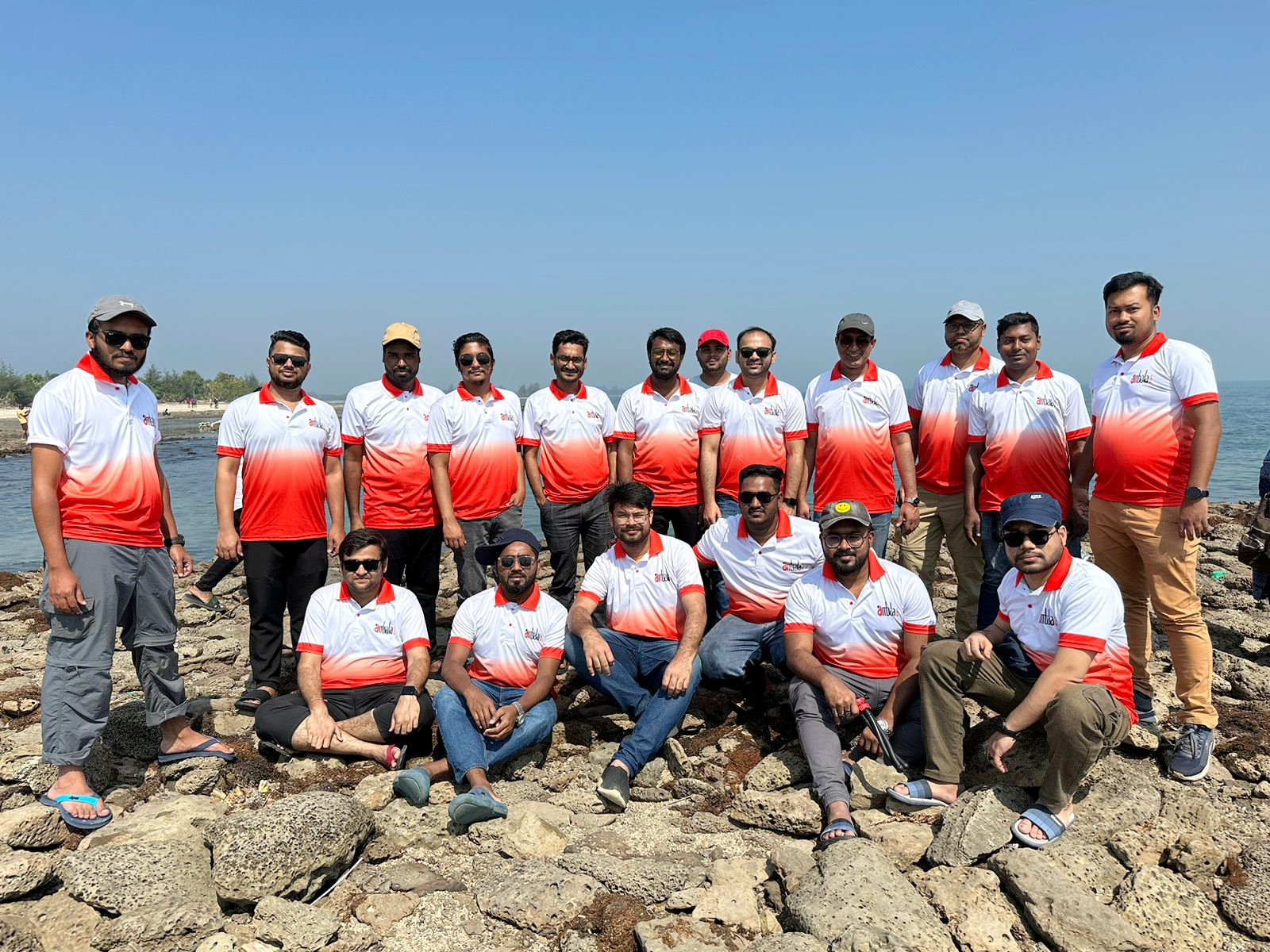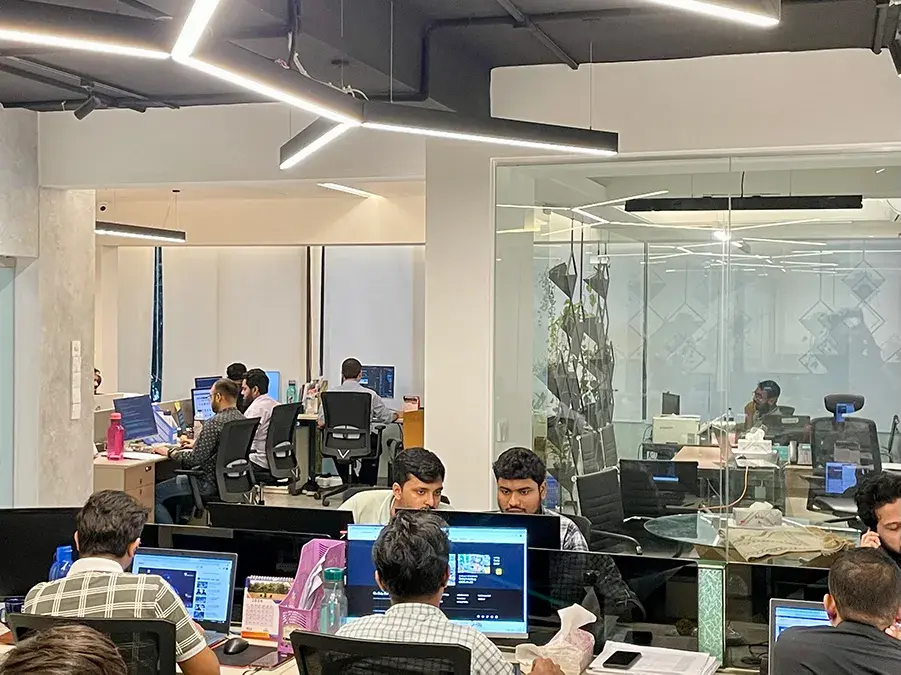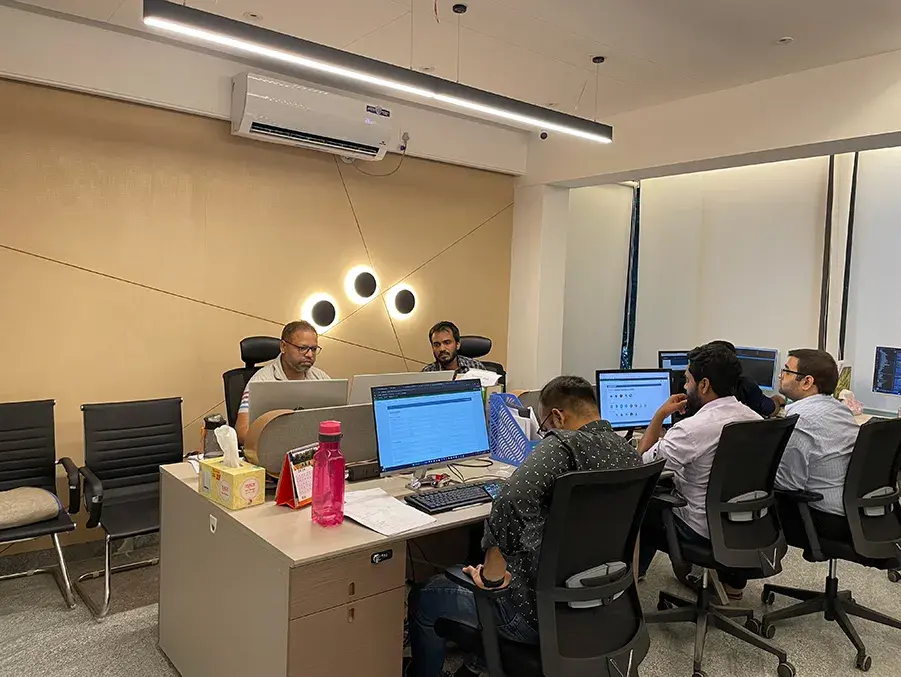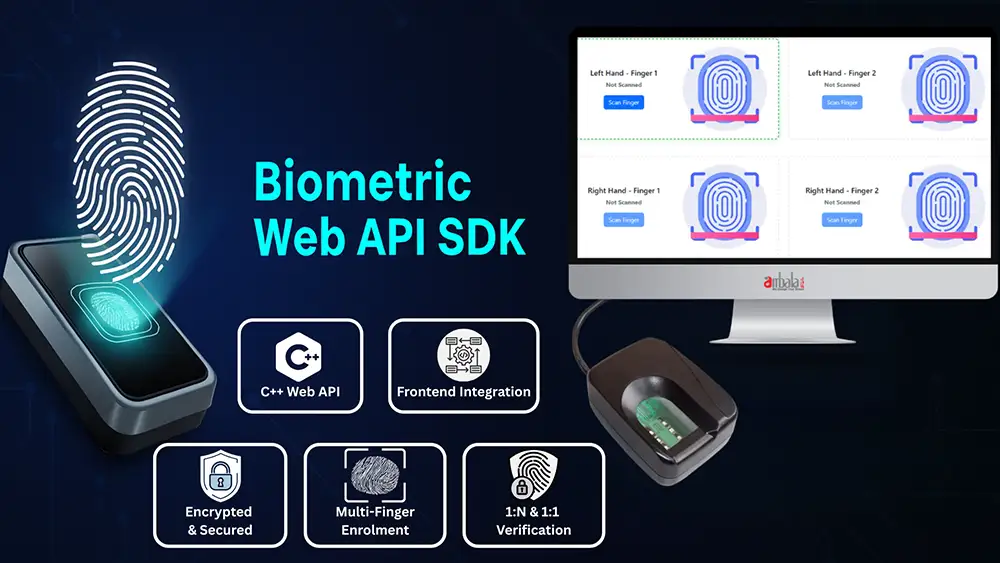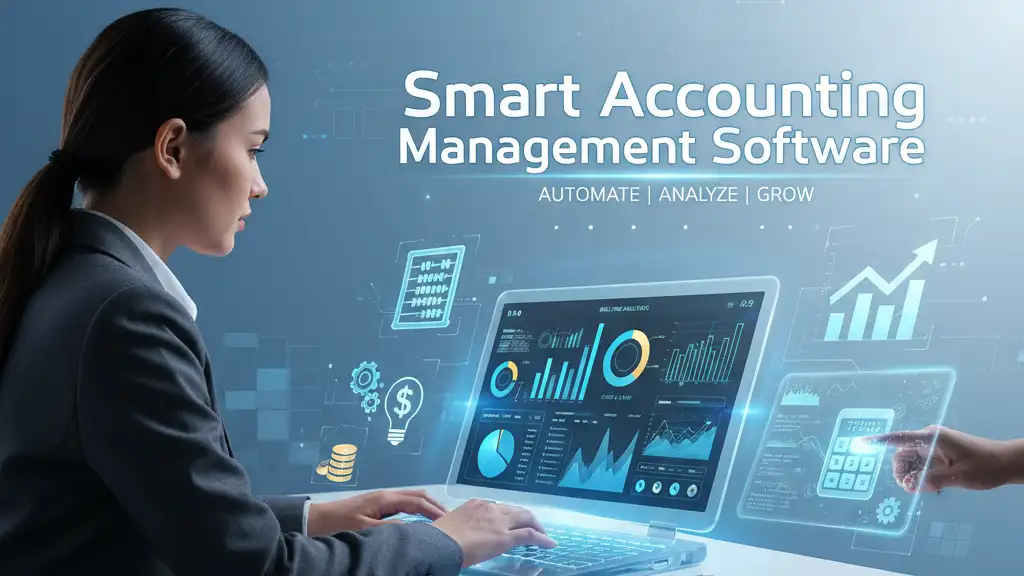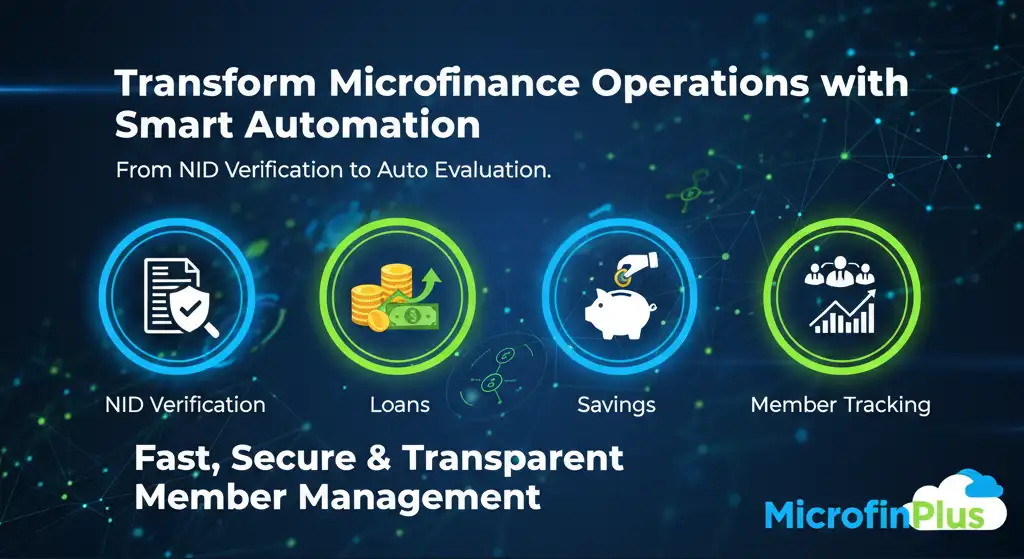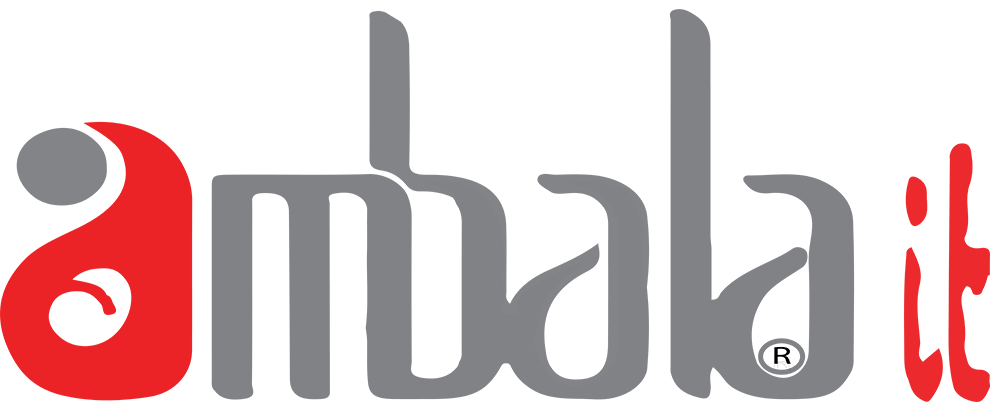
Guide to Software Development in 2025: Trends, Tools, and Technologies
As we step into 2025, the software development landscape continues to evolve at an unprecedented pace. IT heads and decision-makers face the challenge of navigating rapid technological advancements while ensuring their teams remain competitive and innovative. This guide explores cutting-edge trends, transformative tools, and knowledge-based insights that can empower IT leaders to make strategic decisions and future-proof their organizations.
Key Trends in Software Development for 2025
AI-Powered Development
The integration of artificial intelligence (AI) into development workflows is no longer optional. AI-driven tools, such as GitHub Copilot and Tabnine, accelerate coding by automating repetitive tasks, suggesting optimizations, and even detecting potential bugs during development.
Predictive AI analytics are also reshaping project management by anticipating bottlenecks and optimizing resource allocation.
Low-Code and No-Code Platforms
These platforms empower non-technical teams to build functional applications without deep coding knowledge. By 2025, low-code/no-code tools have matured to support complex, enterprise-level solutions.
Companies leveraging these tools are achieving faster time-to-market and freeing developers to focus on strategic projects.
Quantum Computing
Quantum computing is moving from theoretical research to practical application, offering unprecedented computational power for problem-solving in cryptography, optimization, and simulation.
Software development is adapting to quantum paradigms, with frameworks like Qiskit and Cirq gaining traction.
Cybersecurity and Zero-Trust Architecture
With cyber threats growing in sophistication, implementing Zero-Trust security models is becoming a top priority for IT teams. Secure software development practices are integrating advanced threat detection and real-time vulnerability assessments.
Sustainable Software Development
Green computing practices, such as energy-efficient algorithms and optimized cloud usage, are becoming a significant focus. Sustainability metrics are now part of key performance indicators (KPIs) in software projects.
Emerging Tools Transforming the Industry
AI Code Assistants
Tools like GitHub Copilot and Replit Ghostwriter are revolutionizing how developers write and debug code.
Cloud-Native Development Platforms
Kubernetes, Docker, and serverless architectures are redefining scalability, reliability, and cost efficiency in software delivery.
Advanced DevOps Automation
Tools such as Jenkins X, ArgoCD, and Harness are enhancing Continuous Integration and Continuous Deployment (CI/CD) pipelines with AI-driven optimization.
Technologies Redefining Software Development
Blockchain Beyond Cryptocurrency
Blockchain is finding applications in secure identity management, supply chain transparency, and decentralized applications (dApps).
Edge Computing
With IoT proliferation, edge computing enables real-time data processing close to the source, reducing latency and improving performance.
5G Integration
5G networks are unlocking the potential for ultra-responsive applications, particularly in augmented reality (AR), virtual reality (VR), and real-time analytics.
Knowledge-Based Insights for IT Heads
Strategic Adoption of Emerging Technologies
IT heads must prioritize investments in technologies that align with organizational goals and market demands.
Building Future-Ready Teams
Upskilling programs in AI, cloud computing, and cybersecurity are essential to prepare teams for evolving challenges.
Balancing Cost and Innovation
Implement cost-effective solutions without compromising innovation by leveraging open-source tools and scalable cloud platforms.
Challenges and Opportunities
Skill Gaps in Emerging Technologies
Organizations must invest in continuous learning programs and collaborations with tech partners to bridge these gaps.
Adapting Legacy Systems
Modernizing legacy systems requires careful planning to avoid disrupting ongoing operations while integrating new tools.
AI’s Double-Edged Sword
While AI accelerates development, over-reliance may stifle creativity and limit problem-solving capabilities among developers.
Conclusion
The year 2025 marks a transformative period for software development. By embracing advanced technologies, leveraging the right tools, and fostering a culture of continuous learning. This guide serves as a roadmap to navigate the complexities of the software development world and seize the opportunities of the future.
